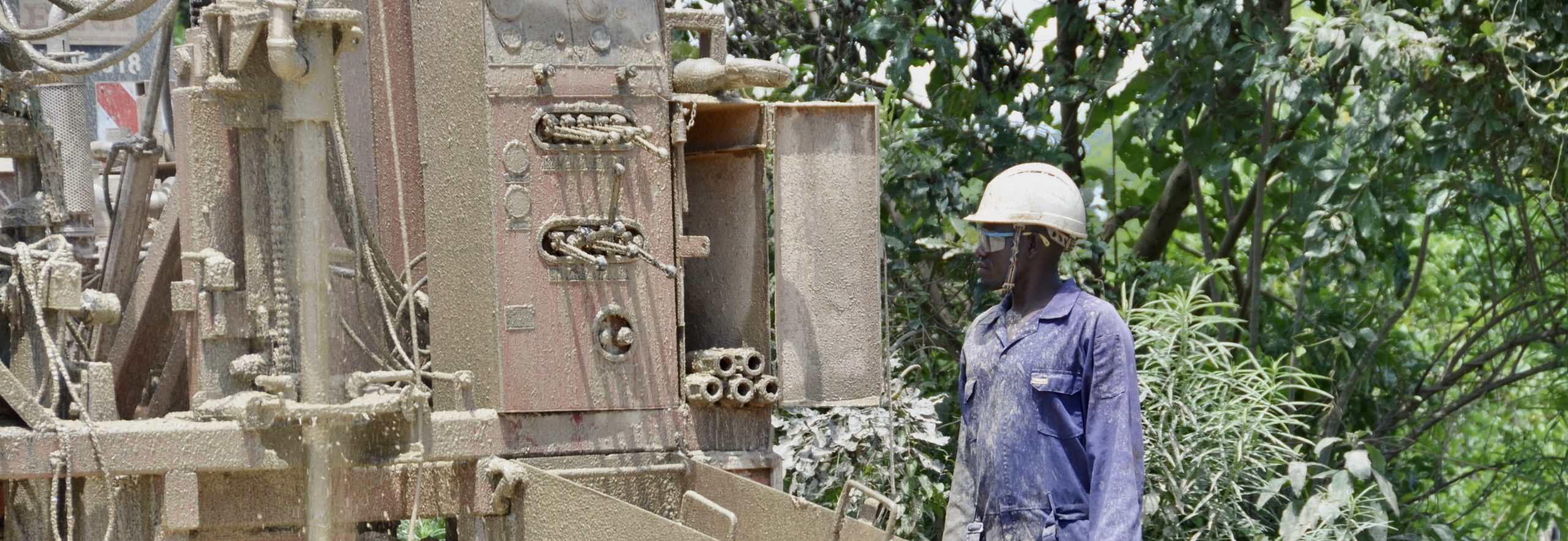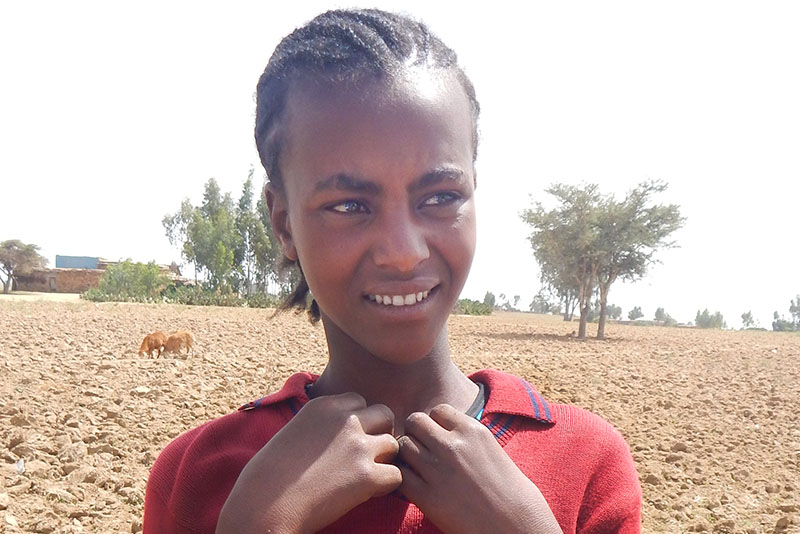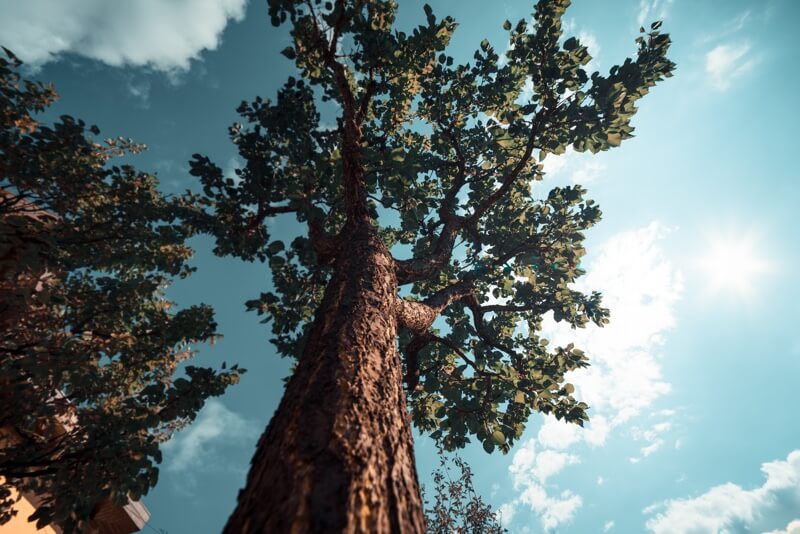
The path to clean, safe water
Developing water projects for communities in rural east Africa doesn’t boil down to a one-size-fits-all formula. Mountain villages have different needs than dry desert communities. River regions present different challenges from the plains. Working with our in-country partners, we approach each project request as if it were our first, striving to ensure the long-term success and sustainability of every well we build.

Our in-country partners meet with the communities they serve to determine where the greatest need for water is.

They identify which type of project will work best for each community and prepare a proposal for funding.

Before funding, every proposal is thoroughly reviewed to ensure acceptable costs and construction timelines.

We begin sharing the information from the projects with our supporters so they can see why these communities need their help.

We work with churches, individuals, schools, businesses, and other to raise funds to build the approved projects.

We send the funds for each project to the field so our partners can begin constructing the wells.

Construction begins. Because the rainy season starts in late May, all construction work must happen between October and May.

It can take up to 18 months to fully complete a well. Working in these countries can be challenging, as infrastructure is limited.

Our partners send us regularly scheduled progress reports to keep us up to date with what’s happening on the ground.

Water committees are trained to operate and maintain each well. Every community receives comprehensive water, sanitation, and hygiene training.

Partners complete construction and training at every site. Training is the most important factor in the sustainability of each water point.

Water to Thrive receives completion reports that include photos, GPS coordinates, and beneficiary information.

We carefully review every completion report to ensure each project was completed on budget and in accordance with the original proposal.

Once verified, we share the completion reports with the donors, supporters, or sponsors who made the project possible.
Ownership and sustainability
The day a water project is opened to a community is a day of blessings and celebration.
But the next day, and the day after that, and the weeks and months and years after that, the water must keep flowing. Local governance and oversight are a key part of our process, giving communities control and ownership of their water source.
Communities are fully involved in the process, from location selection to long-term project maintenance. Each village has a Water, Sanitation, and Hygiene (WASH) committee, formed at the beginning of the process, and community members have a voice and responsibility at every step. Well users pay a small fee each month towards management and maintenance of the water point, and the residents contribute time and labor to the construction of the project as well.


